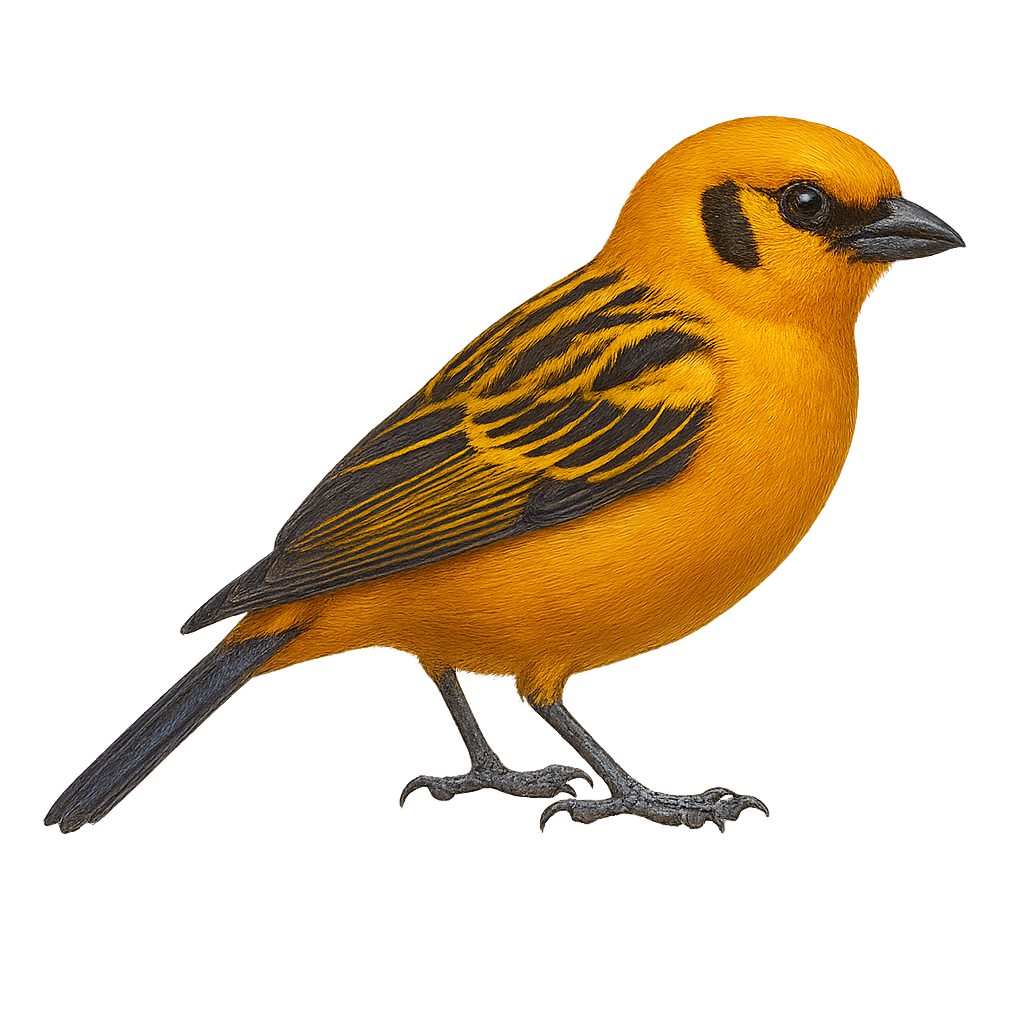Your wildlife photography guide.
Explore the golden tanager in detail, study its behavior, prepare your shots.
Where to observe and photograph the golden tanager in the wild
Learn where and when to spot the golden tanager in the wild, how to identify the species based on distinctive features, and what natural environments it inhabits. The WildlifePhotographer app offers tailored photography tips that reflect the golden tanager’s behavior, helping you capture better wildlife images. Explore the full species profile for key information including description, habitat, active periods, and approach techniques.
Golden Tanager
Scientific name: Tangara arthus

IUCN Status: Least Concern
Family: THRAUPIDAE
Group: Birds
Sensitivity to human approach: Suspicious
Minimum approach distance: 5 m
Courtship display: March to May
Incubation: 13-15 jours
Hatchings: March to June
Habitat:
Humid tropical forests, mountain forests, forest edges
Activity period :
Primarily active during the day, with peak activity in the morning and late afternoon.
Identification and description:
The Golden Tanager, or Tangara arthus, is a colorful and fascinating bird native to the humid tropical forests of South America. It is easily recognizable by its bright plumage, primarily golden with shades of black on the wings and tail. This small bird measures about 13 to 14 cm in length. It typically lives in groups and feeds mainly on fruits, insects, and nectar. The Golden Tanager is often observed in mountain forests, where it plays a crucial role in seed dispersal. Although its habitat is threatened by deforestation, it is still relatively common in some areas.
Recommended lens:
400 mm – adjust based on distance, desired framing (portrait or habitat), and approach conditions.
Photography tips:
To photograph the Golden Tanager, it is advisable to use a telephoto lens of at least 400mm to capture the details of its bright plumage without disturbing it. Look for it in mountain forests, especially in the morning when it is most active. Be patient and discreet, as this bird can be suspicious. Use a tripod to stabilize your camera and get sharp images, especially in the low-light conditions of the undergrowth.
The WildlifePhotographer App is coming soon!
Be the first to explore the best nature spots, track rutting seasons, log your observations, and observe more wildlife.
Already 1 430 wildlife lovers subscribed worldwide

